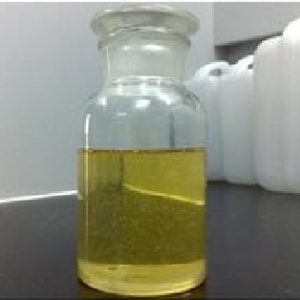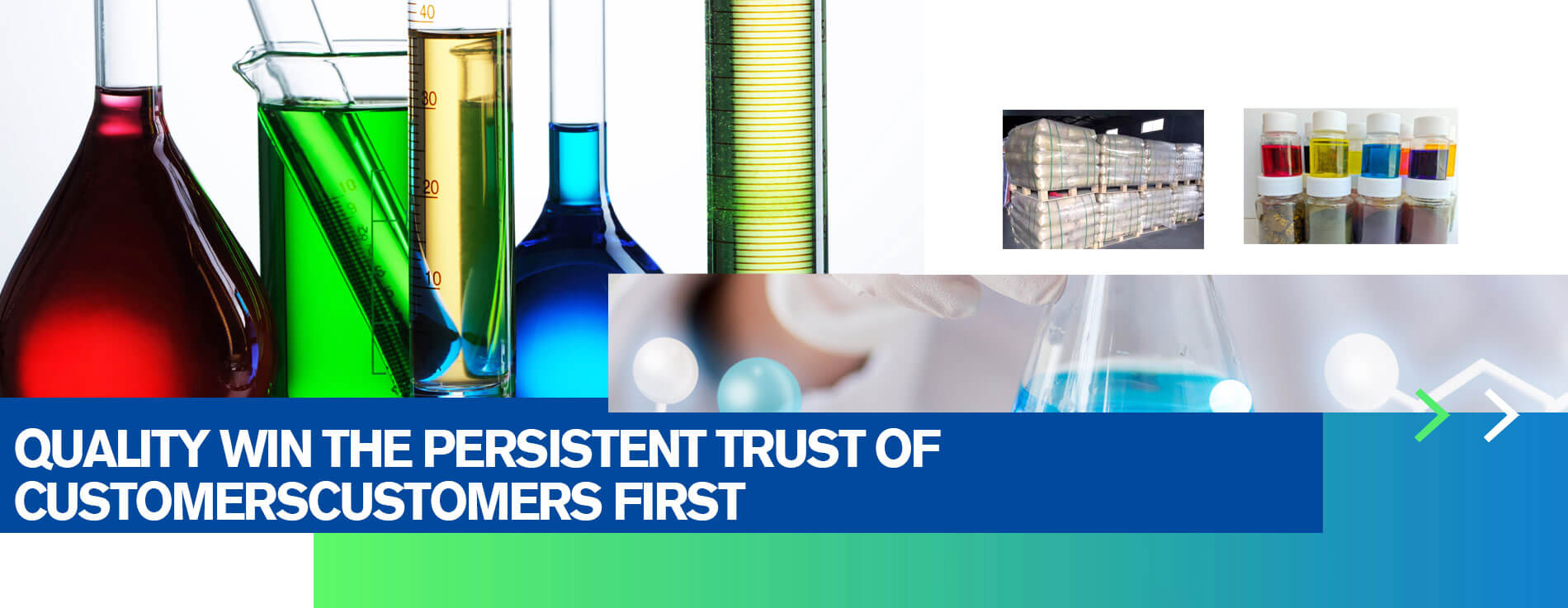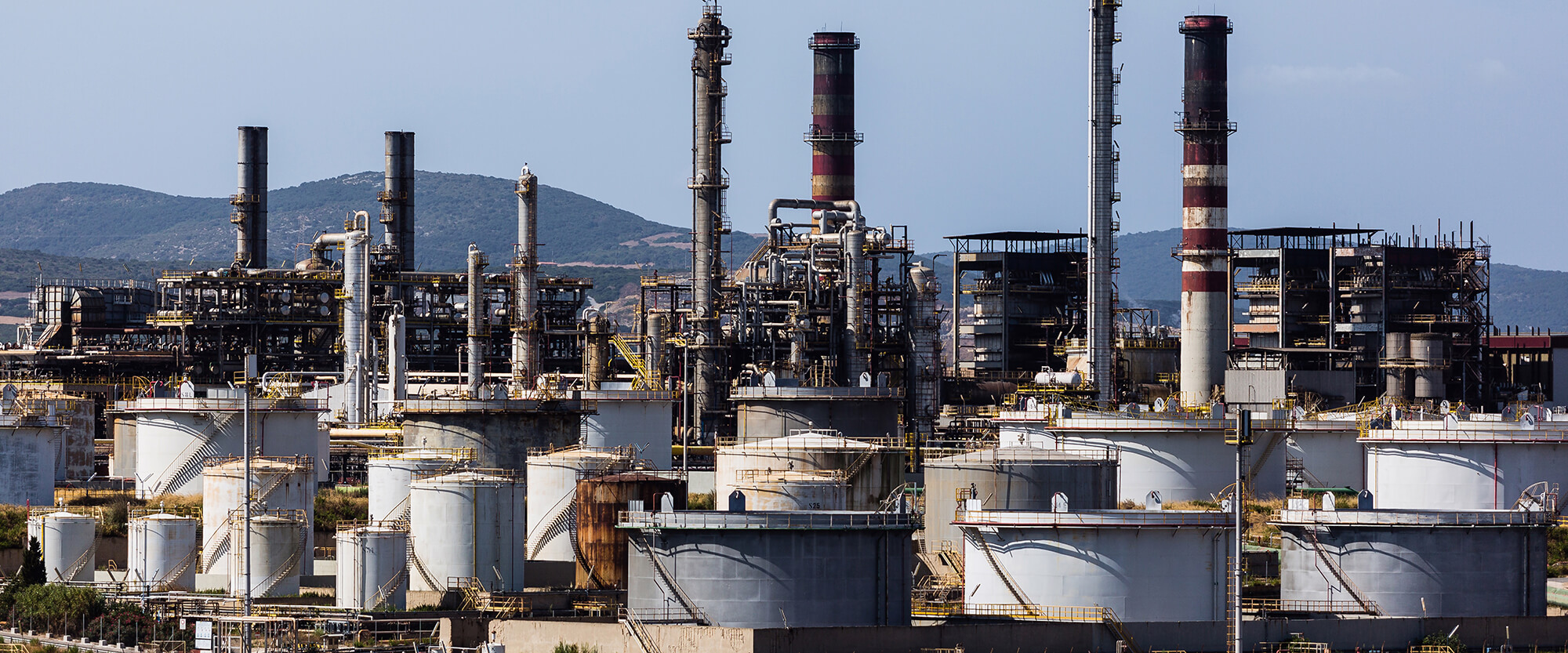Heavy aromatics

Specifications
| Item | Index | |
| Appearance | Colorless transparent liquid, no mechanical impurities | |
| Density (20℃), kg/m3≥ | 880 | |
| Sulfur, mg/kg ≤ | 30 | |
| Total aromatics, % (mass fraction) ≥ | 99.0 | |
| Olefins,% (mass fraction) ≤ | 1.0 | |
Packing & Storage
| Packing | 200KG, 25kg | |||||||
| Storage | Store in a cool and ventilated warehouse. Keep away from fire and heat sources. | |||||||
| Transportation | It should be fireproof, moisture-proof, and anti-static during transportation. When handling bagged products, they should be lightly loaded and unloaded to prevent packaging damage | |||||||
Free Quote
At present, the company has more than 10 advanced production lines of the hollow glass microspheres with the annual production capacity of 15 thousand tons. To meet the demand of customers, the company can expand production capacity as soon as possible within 20 days. 6S principles Implemented in the production systems.
For samples, pricing, or more information, please call us at 0086 25 51192301 or mail to info@ascent-chem.com or fill out the following form. We will respond to you as soon as possible.
Tel: 0086 25 51192301
E-mail: info@ascent-chem.com


General Information
| Common Names | Refined carbon five, C9 Aromatics | |||||||
| Structure | N/A | |||||||
| CAS No. | N/A | Boiling Point (℃) | 140-185 | |||||
| Average molecular weight | N/A | Melting point (℃) | -45 | |||||
| Appearance | Yellow transparent liquid with aromatic flavor | Density (20℃), kg/m-3 | 880 | |||||
| HS Code | Flashpoint | 40 ℃ | ||||||
| Solubility | Insoluble in water.Soluble in ethanol and benzene. | Ignition temperature (℃) | 450 | |||||
| Safety Phrases | N/A | ||
| RIDADR | N/A | ||
| WGK Germany | N/A | ||
| Packaging Group | N/A | ||
| Hazard Codes | N/A | ||
| FIRST AID | |
| Inhalation | Don’t delay time and move the victim to fresh air. If the victim cannot return to normal quickly, he or she must be transferred to the nearest medical institution for further treatment. |
| Skin | Take off the contaminated clothing and immediately rinse the contaminated skin with plenty of water for at least 15 minutes, and then wash with soap if possible. If there is redness, swelling, pain, or blisters, transfer to the nearest medical institution for further treatment. |
| Eyes | Immediately rinse your eyes with plenty of water, while keeping your eyelids open, rinse for at least 15 minutes. Seek medical attention nearby. |
| Ingestion | Do not induce vomiting.Immediately take them to the nearest medical facility for further treatment.If spontaneous vomiting occurs, keep your head low and your legs high to prevent vomit from entering the respiratory tract. |
This product is a by-product of the aromatics combined plant, which mainly contains C10 and C10 and above aromatics, also known as C10 heavy aromatics.
Frequently Asked Questions
Applications of Heavy Aromatics
Heavy aromatics, also known as polycyclic aromatic hydrocarbons (PAHs), are organic compounds that consist of fused benzene rings. These compounds have various applications in different fields. Here are some common applications of heavy aromatics:
1. Fuel and Energy: Heavy aromatics, such as naphthalene and anthracene, can be used as fuel additives to enhance the performance of gasoline and diesel fuels. They increase the fuel’s cetane number, which improves combustion efficiency and reduces emissions. Heavy aromatics can also be used as components in industrial fuels and as raw materials in the production of carbon electrodes for batteries.
2. Chemical Manufacturing: Heavy aromatics serve as important raw materials in the chemical industry. They are used in the production of dyes, pigments, and colorants. For example, anthracene is used in the synthesis of red and yellow dyes, while naphthalene is a key component in the production of phthalic anhydride, which is used in the manufacturing of plasticizers and polyester resins.
3. Pharmaceuticals: Some heavy aromatics have medicinal properties and find application in the pharmaceutical industry. One well-known example is acridine, which is used as a DNA intercalating agent in cancer treatment and as an antiseptic. Additionally, heavy aromatics are used as starting materials for the synthesis of various pharmaceutical compounds.
4. Research and Analysis: Heavy aromatics are used as standards and reference materials in analytical chemistry and environmental testing. They are commonly used as calibration standards for gas chromatography, mass spectrometry, and other analytical techniques. Heavy aromatics are also utilized as markers for monitoring environmental pollution, particularly in assessing the levels of PAH contamination in soil, water, and air.
5. Organic Synthesis: Heavy aromatics are versatile compounds in organic synthesis due to their reactivity and structural complexity. They can undergo various reactions to form new compounds with different functionalities. Heavy aromatics are used as building blocks in the synthesis of complex organic molecules, including natural products, pharmaceuticals, and agrochemicals.
6. Research and Development: Heavy aromatics have drawn interest in materials science and nanotechnology. They can be used as precursors for the synthesis of carbon-based nanomaterials, such as carbon nanotubes and graphene. These materials possess unique properties and have applications in electronics, energy storage, and composite materials.
It is important to note that some heavy aromatics, particularly those classified as polycyclic aromatic hydrocarbons (PAHs), have been identified as environmental pollutants and potential carcinogens. As a result, their use and handling are regulated to minimize the risk of exposure and environmental contamination.
Contact Us
TEL: 0086 25 51192301
EMAIL: info@ascent-chem.com
EMAIL: sophiahoney247@gmail.com
Copyright © Ascent Sbr All Rights Reserved.

